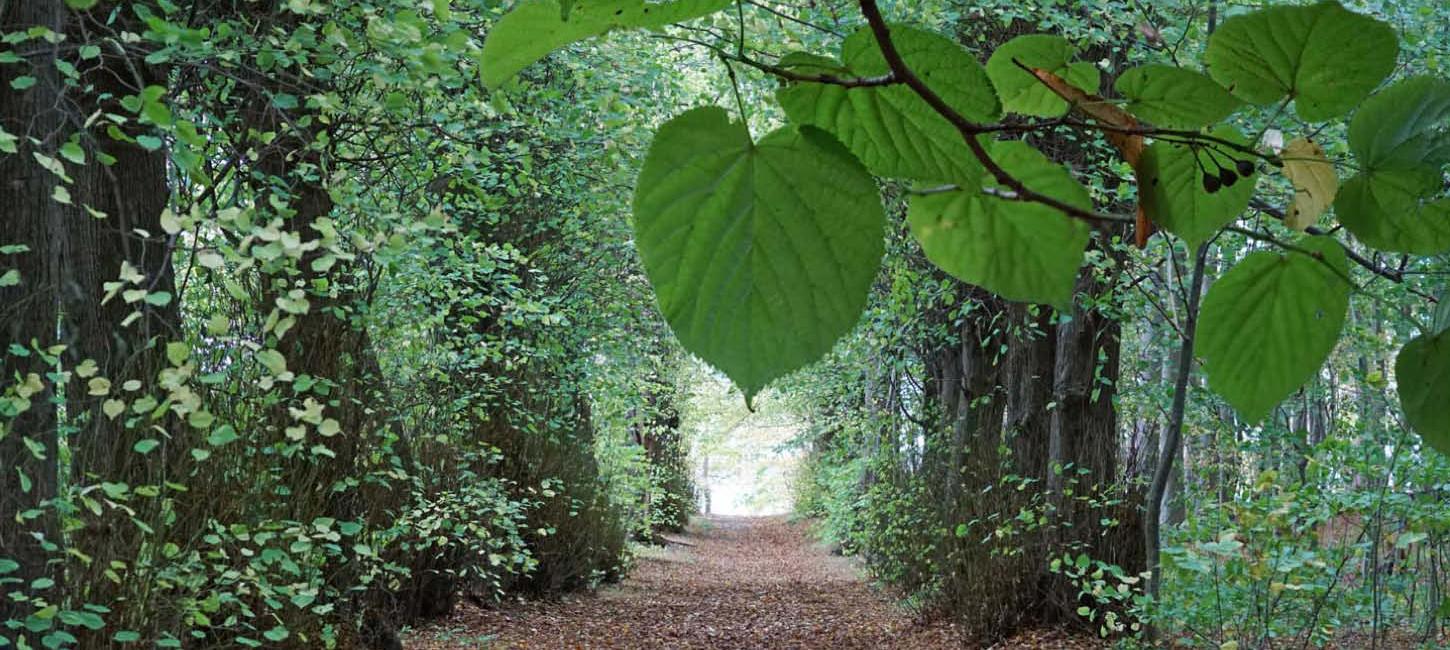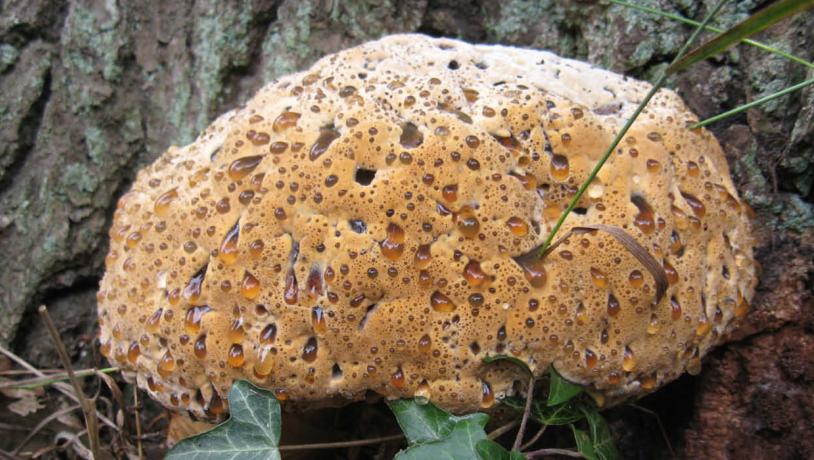The Augustenborg Path
On the tour, you will pass, among other things, the bird reserve at Lillehav and Mjang Dam, so bring the bird book and binoculars.

The forest, Augustenborg Skov, lies along Augustenborg Fjord and borders to the east Augustenborg Palace and Augustenborg town.
Nature guide Tobias Ehmsen recommend a hike in the beautiful forest Augustenborg Skov, with the ducal avenues of large-leaved lime and the tale of "De tre Edsege", which you will find at the last of the fallen oak giants.
The forest bears clear traces of having been part of the Duke's baroque park around Augustenborg Palace, and the 3 large old lime tree avenues still give the forest a special character.
Today, the forest is designated as a Natura 2000 area and classified as "Unspoiled forest" by the Danish Nature Agency Naturstyrelsen. This means that in the future there will be no logging in the forest, and that nature can be allowed to take its course with a minimum of human interference.
You can therefore now and in the future experience living trees of impressive size standing alongside fallen, extinct and dead trees to the delight of biodiversity.
Due to the very varied forest with many old trees, the forest is also a species-rich bird area. The old trees provide good living conditions for cavity-nesting birds such as short-toed treecreeper, stock dove, common merganser and great spotted woodpecker. The large, old trees are also home to several species of bats and insects, as well as the rare species of fungi like, oak bracket, shelf fungus and white butterbur, all of which are linked to the old oaks. In the spring, the forest floor is covered with white anemone, pilewort, greater stichwort and sweet woodruff.


The invasive species salmonberry can also be found in the forest, although it is actually unwanted in the Danish nature. In many ways, it resembles our common raspberry, and the salmon-coloured fruit is edible. It originally originates from the west coast of America.
The path Augustenborgstien, which starts at the parking lot by the palace, goes through the forest, along the fjord and out to Mjang Dam. The path is almost 7 km long, and marked with poles. In the southwestern part of the forest, there is a small beach with bathing houses and a jetty that invites you to take a refreshing dip.
At the westernmost edge of the forest, there is a coastal primitive accommodation site with a shelter, which is suitable for sailors. There is free use for a maximum of 2 nights without a permit on the small square, which is right next to the coast. If you come by boat, you will see a red pole with the text "Overnight" on the edge of the beach.
In the divide between the park and the forest lies the Augustiana Sculpture Park and Art Gallery as well as Augustenborg Palace from 1776, which is today used by a department of the Danish Agency for Natural Resources and Enterprise NaturErhvervstyrelsen.
With its beautiful location and exciting nature, Augustenborg Forest certainly invites you to many good experiences in nature - all year round.
Have a nice trip!
Tobias P. Ehmsen
Nature guide in Sønderborg Municipality
Get more stories about the dukes and Augustenborg on your phone with the Augustenborg Guide.
With the recommendations from the Nature Guides Sønderborg, you get stories about fascinating animal species and plants as well as cultural history and suggestions for activities